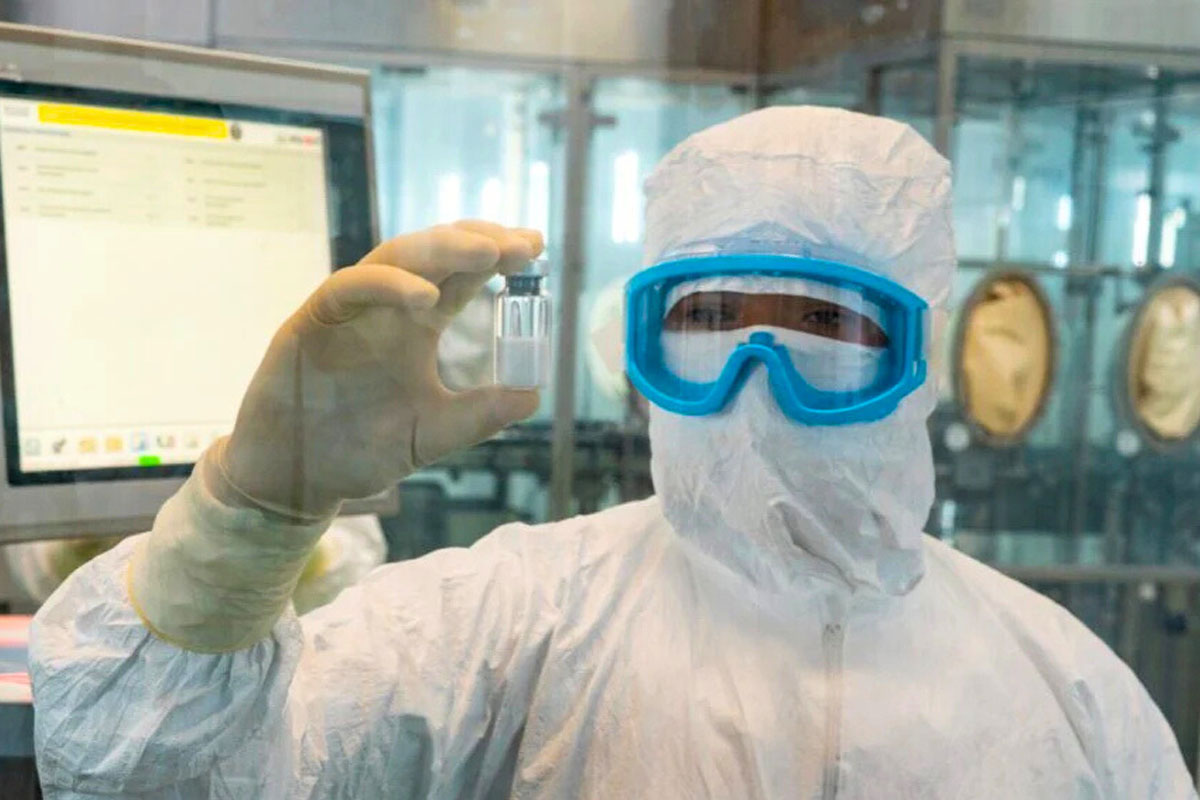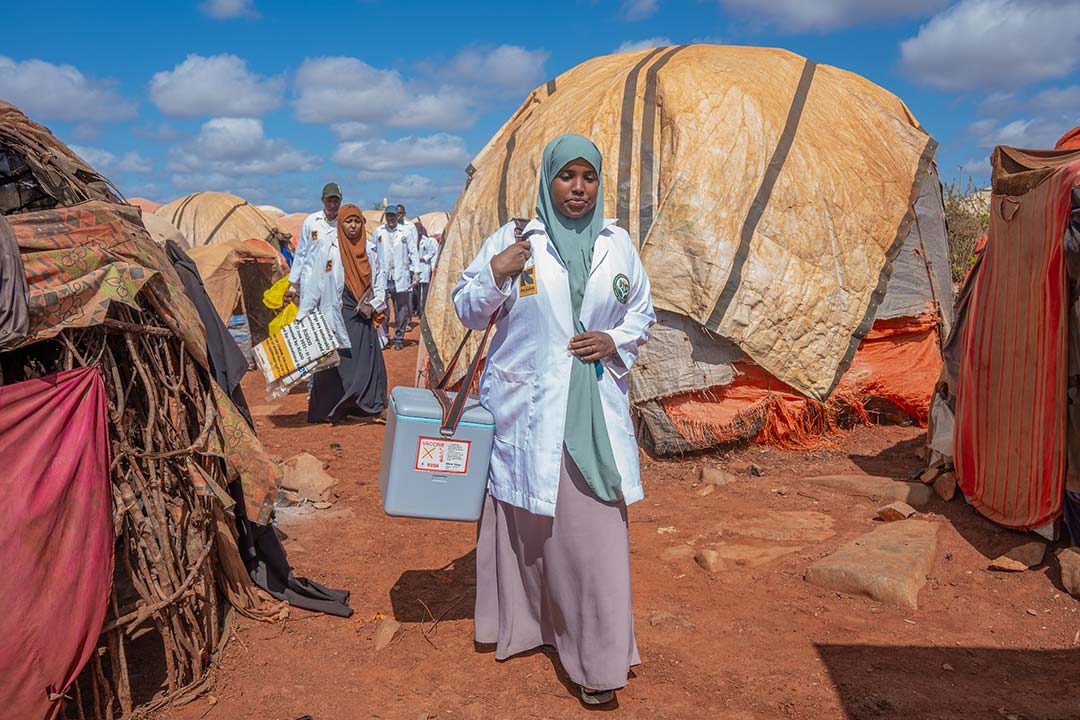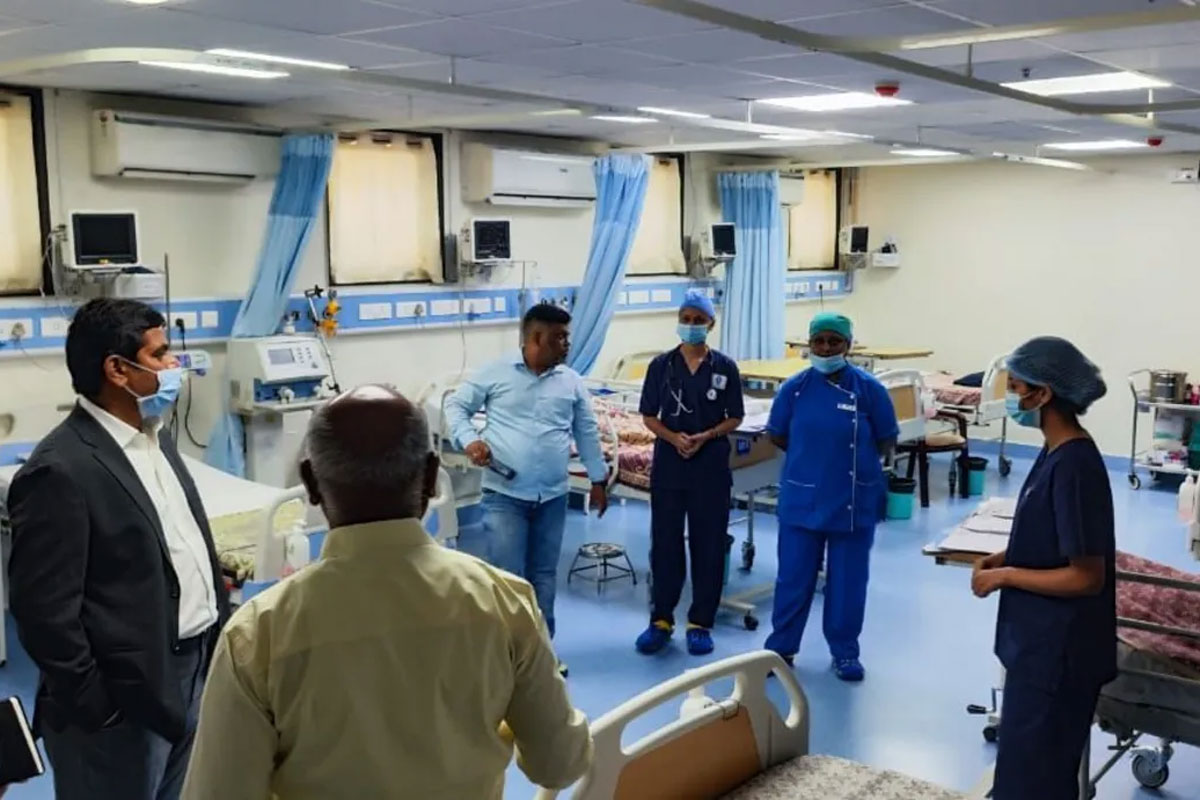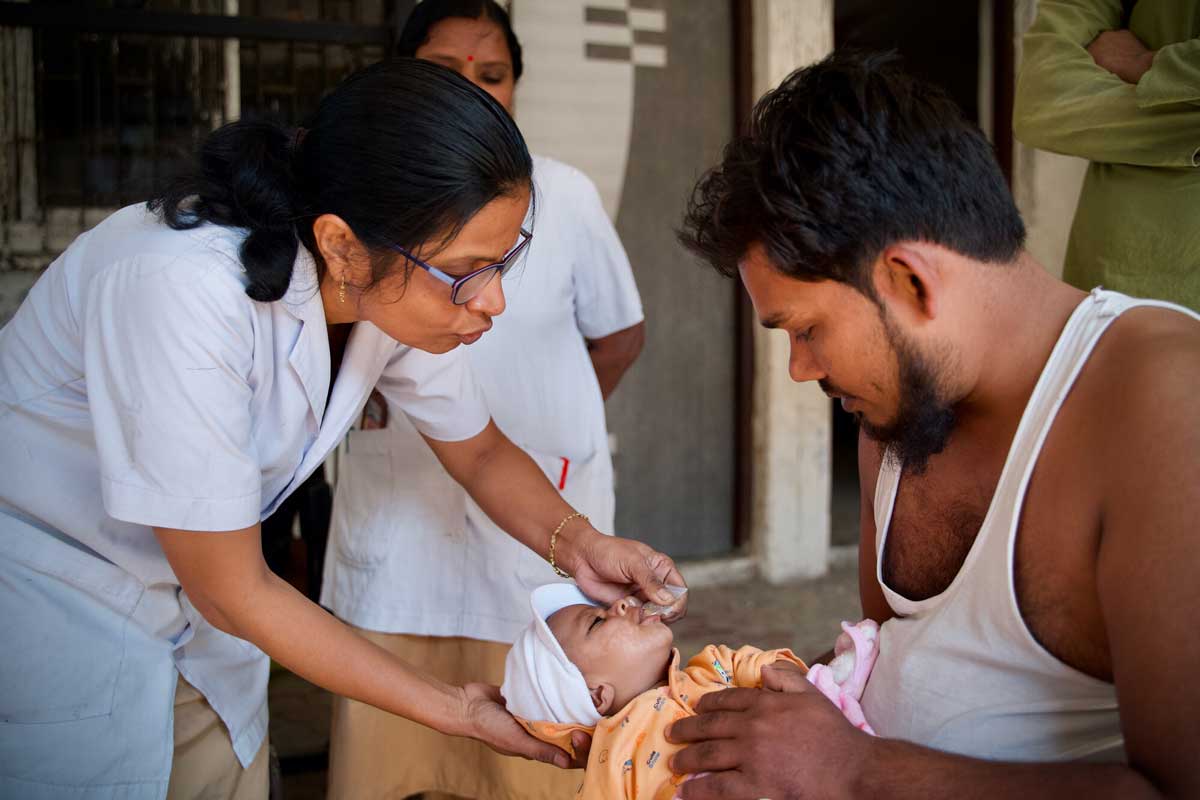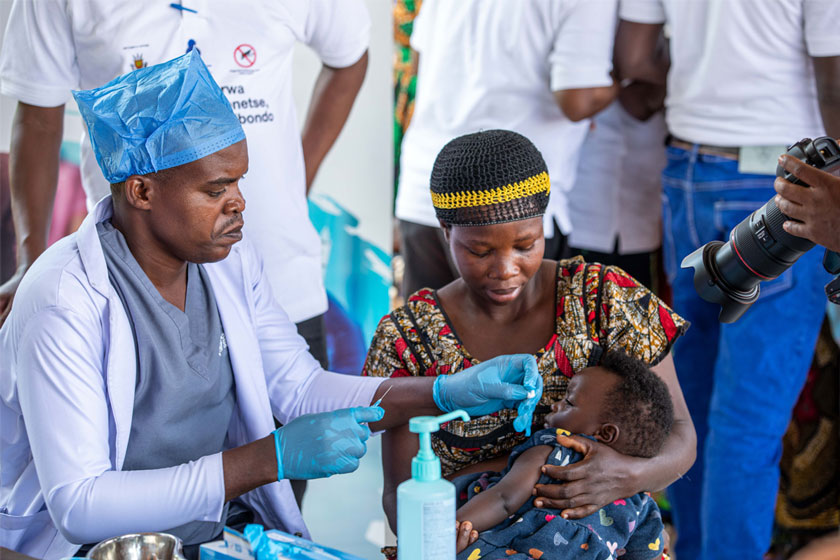How microplastic pollution is boosting antimicrobial resistance
Antimicrobial resistance and environmental plastic contamination are escalating threats to human and planetary health. Now research is showing that one crisis may be directly fuelling the other.
- 17 October 2025
- 7 min read
- by T V Padma
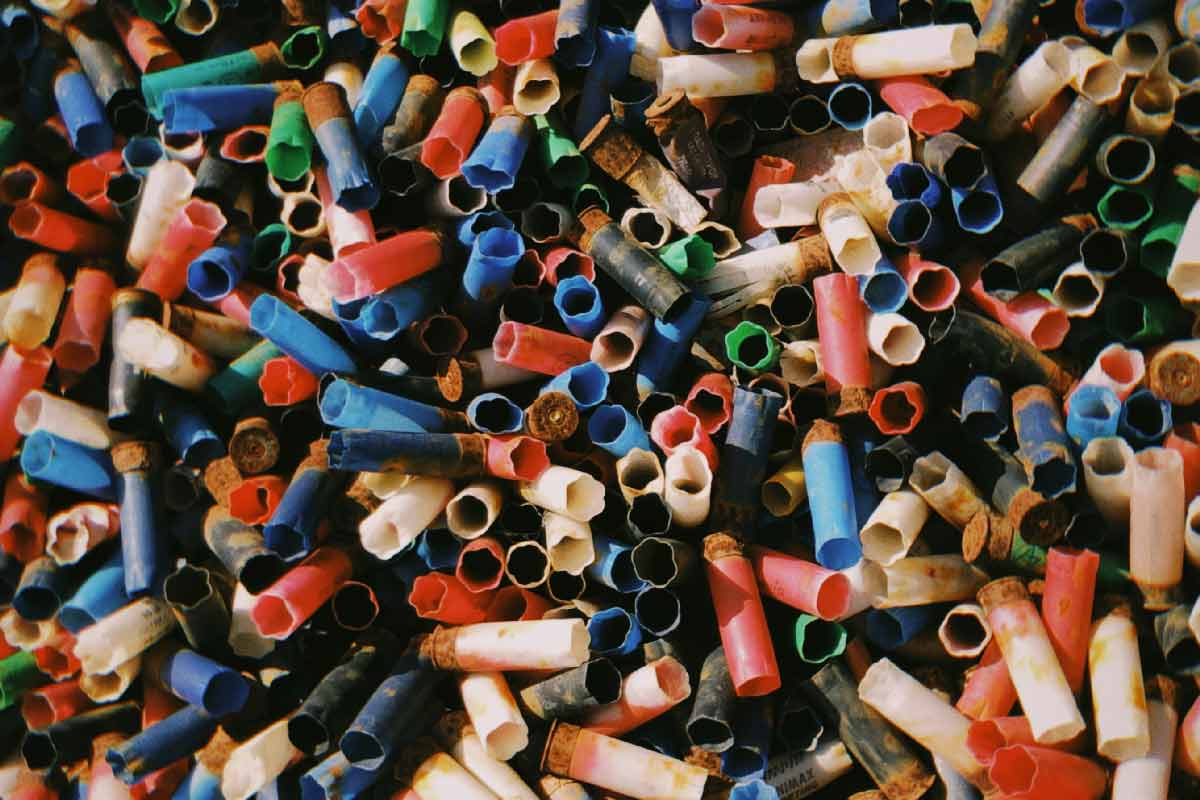
Excessive microplastics contamination could be fuelling antimicrobial resistance (AMR), already a spiralling problem worldwide, a new research report reveals.
The report, published in The Journal of Hazardous Materials, finds that plastics act as a platform for biofilms – communities of bacteria and other microbes that cling to their surfaces. These biofilms can help accelerate the spread of drug resistance by creating a protective barrier that blocks the entry of antibiotics into the microbes, and helps resistance genes to transmit more easily within the biofilm community.
Why are plastics a problem for AMR?
Plastics could play a role in driving the development and transmission of AMR throughout their entire life-cycle, the report warns.
During the extraction of raw materials for the fossil fuel industry – including crude oil, natural gas and coal – biocides are used to prevent bacteria from colonising pipelines and equipment carrying oil or mining fluids. These chemicals may be inadvertently released into the environment, fuelling AMR in spill-affected areas. Exposure of microbes to sub-lethal concentrations of biocides can trigger the emergence of resistance and the sharing of resistance genes within biofilm communities.
Similarly, additives used to improve the quality of plastics in the packaging industry may promote the growth of antibiotic-resistant microbes, especially in people exposed to leached chemicals from food packaging through the gut or respiratory tract. Hot food, for instance, increases the leaching of heavy metals from plastics, some of which can assist the growth of resistant microbes.
Other stages in the plastics life cycle can also offer ideal breeding grounds for drug-resistant microbes, including landfills and plastic recycling plants. Landfill sites accumulate chemical contaminants, and heavy rainfall can disperse these into surrounding soils and groundwater, creating reservoirs of AMR microbes.
“At this stage it is very difficult to quantify the relative contribution of microplastics in driving AMR evolution and spread,” said Emily Stevenson of the University of Exeter Medical School in the UK, who co-authored the report. “What we do know is that microplastics and AMR entities such as genes, bacteria, pathogens and antibiotic residues co-exist in several environmental compartments, particularly wastewater, biosolids and landfill leachate.”
Do microbes favour plastic over other materials?
Microplastics have already become a global pollution issue. They float in oceans, rivers, lakes and even in drinking water, explains Keerthi Guruge, a scientist at Japan’s National Agricultural and Food Research Organization (NARO).
A review on microplastics and AMR in aquatic systems authored by Guruge and colleagues, and published in NanoImpact in May 2025, reported that antibiotic-resistant genes are “more enriched on microplastics than on non-plastic substrates”.
It concluded that microplastics can selectively promote pathogenic microorganisms and serve as vehicles for antibiotic resistance in aquatic environments. The combination of microplastics with other pollutants in freshwater systems may further intensify their potential health impacts, the report warned.
“A key concern is that these tiny plastic particles act as surfaces for microorganisms to attach and form biofilms,” Guruge says. “Within these biofilms, bacteria can selectively accumulate antimicrobial resistance genes and pathogenic species, creating unique microbial ecosystems different from those in surrounding waters.”
... in 2023, around one in six laboratory-confirmed bacterial infections worldwide were caused by antibiotic-resistant strains.
The study described how these biofilm-covered plastics can collect in a so-called “plastiome”, spreading the dangerous germs and genes that make infections harder to treat.
Durable and highly mobile, microplastics can carry drug-resistant bacteria and genes across borders – from land to sea, and even into food chains. Both AMR and microplastics are global environmental and public health challenges, says Guruge. “Their interaction could make them even more dangerous together than individually.”
Are some countries at higher risk?
Research into the link between microplastics and AMR is still in its early stages, with studies so far reported from Japan, China and several European countries, says Guruge. “However, since microplastics are globally distributed, from the Arctic to deep-sea sediments, it is likely that this problem is widespread across all regions,” he adds.
Developing countries may be particularly vulnerable, as limited wastewater treatment facilities and waste management infrastructure increase the risk of both microplastics pollution and the uncontrolled spread of resistant microbes.
Experts tackling AMR highlight the heightened threat in countries with weak health systems.
The latest World Health Organization (WHO) report on AMR echoes this concern.
Based on over 23 million bacteriologically-confirmed infections in 104 countries, and estimates of resistance to 22 antibiotics against eight common bacterial pathogens, it found that in 2023, around one in six laboratory-confirmed bacterial infections worldwide were caused by antibiotic-resistant strains.
Resistance was highest in the South-East Asia and Eastern Mediterranean regions (nearly one in three infections), followed by the African Region (one in five) – all above the global median. It was lower in the European Region (one in ten) and lowest in the Western Pacific Region (one in eleven), revealing wide regional disparities.
Given that AMR and microplastics coexist in landfills and wastewaters, these are “the settings of real concern, where microplastics could influence AMR burden, persistence and spread,” says Stevenson.
It means that in parts of the world where waste management is less effective, more contaminants may be present, and therefore the burden may be greater.
And waste management is just one half of the story. Poor control of antimicrobial drug use is the other. “In many developing countries, antibiotics are frequently over-prescribed, sometimes even when not medically necessary,” says Guruge.
Over-the-counter or online access to antibiotics further fuels misuse, creating selective pressure that encourages resistant bacteria carrying antibiotic resistance genes to thrive.
“When untreated or poorly treated wastewater from households, hospitals, and industries enters the environment, it brings both antibiotic residues and resistant bacteria,” says Guruge. “Combined with the presence of microplastics, which provide a stable surface for microbial growth, these conditions form an ideal setting for the amplification and exchange of resistance genes, worsening the AMR crisis.”
Similar concerns are emerging elsewhere. For example, a recent German study, published in Nature, detected higher amounts of pathogenic bacteria in plastic-contaminated water samples from the River Oder – underscoring how pollution can accelerate the spread of resistance in natural ecosystems.
What are the remaining research gaps?
The report by Stevenson and colleagues highlights several research gaps: among them, whether the biocides used to decontaminate pipes in crude oil extraction may inadvertently promote the growth of resistant bacteria; whether oil spills themselves could help drug-resistant bacteria to grow; and how common plastic additives contribute to the spread of AMR.
Other unaddressed questions concern the role of heavy metals leaching from food-related plastic packaging and landfill sites as a source of AMR bacteria and antibiotic-resistant genes.
As a priority, more research is required to fully understand the mechanisms by which microplastics influence AMR in the environment, and the consequences for both humans and animals, says Stevenson. “As for mitigation – our strongest defence, in my opinion, is to improve waste management to stop these contaminants from entering the environment in the first place.”
Have you read?
Some recent studies suggest that the type, shape and size of microplastics can influence how microbial communities form and how antimicrobial resistance genes accumulate, Guruge says. This means that not all plastics may pose the same level of risk – certain forms may provide more favourable surfaces for resistant bacteria to grow and exchange genes.
Further research is urgently needed, but will require significant scientific resources. Research at the intersection of AMR and microplastics is technically demanding and expensive, Guruge points out. It depends on collaboration between experts in environmental science, microbiology, and bioinformatics, as well as access to advanced analytical tools such as metagenomic sequencing.
“To make real progress, dedicated funding and international collaboration are essential for conducting comprehensive studies and environmental surveys, both locally and globally, to better understand and control this emerging dual threat,” says Guruge.
Stronger global cooperation and policy measures are also vital – including stricter regulations on plastic waste management, more rational antibiotic use and greater public awareness. Global monitoring programmes are also crucial to prevent further spread, he said.
More from T V Padma
Recommended for you

